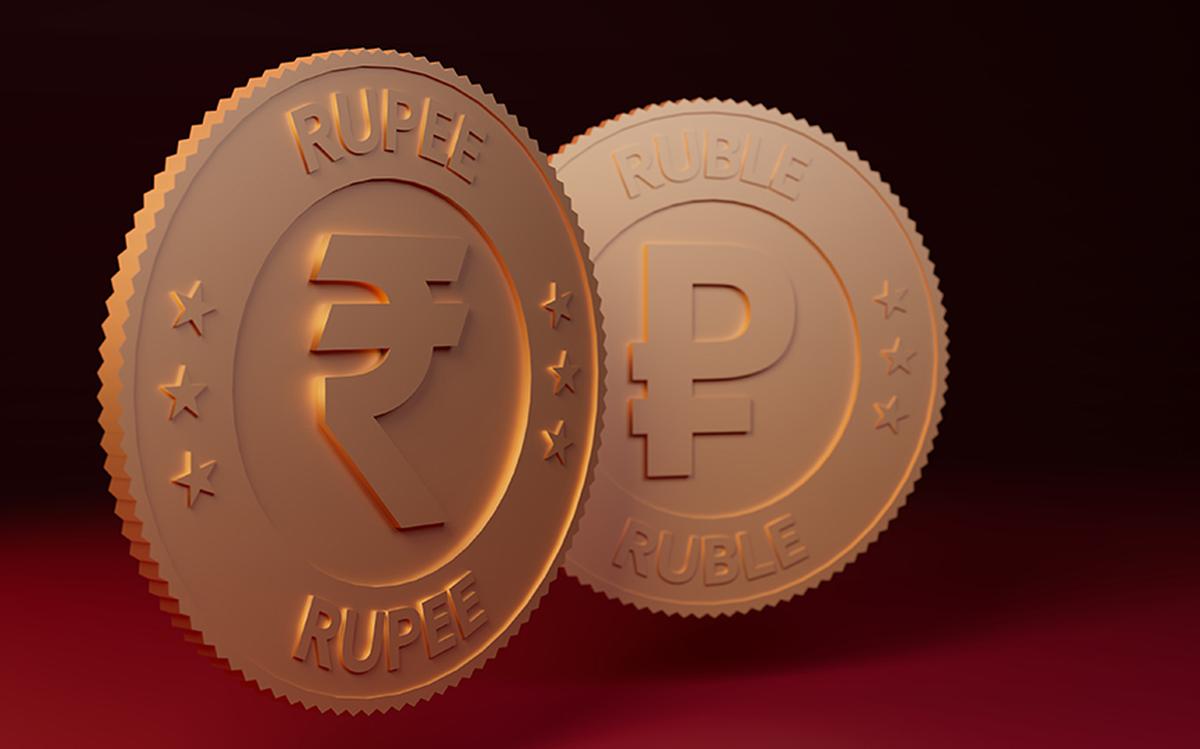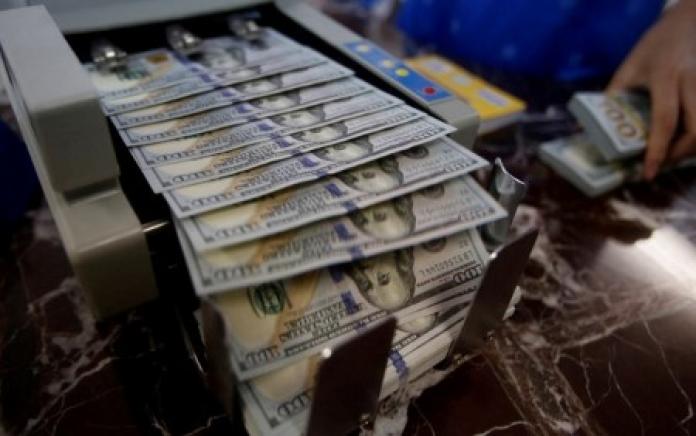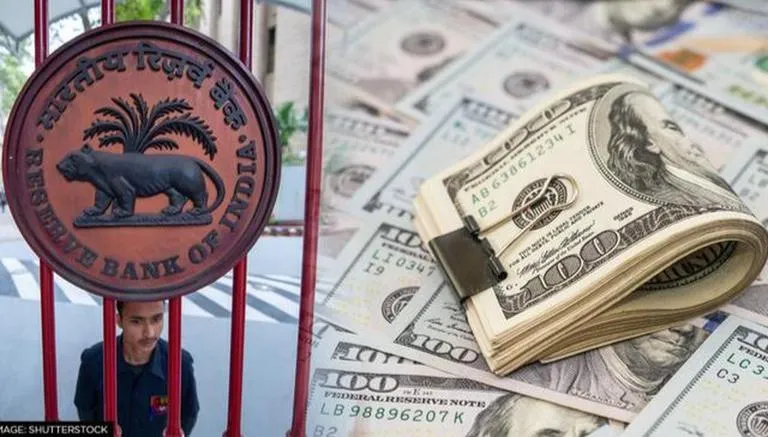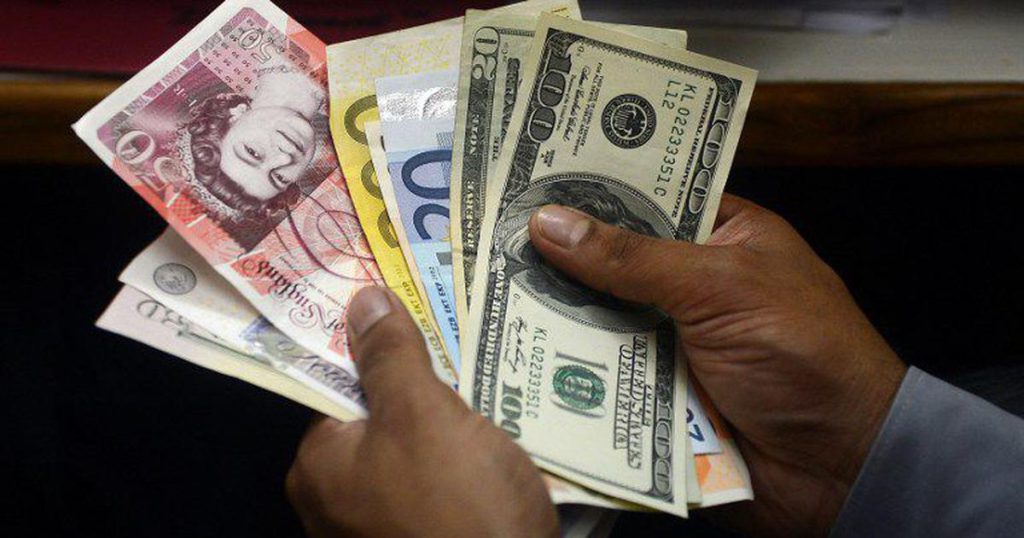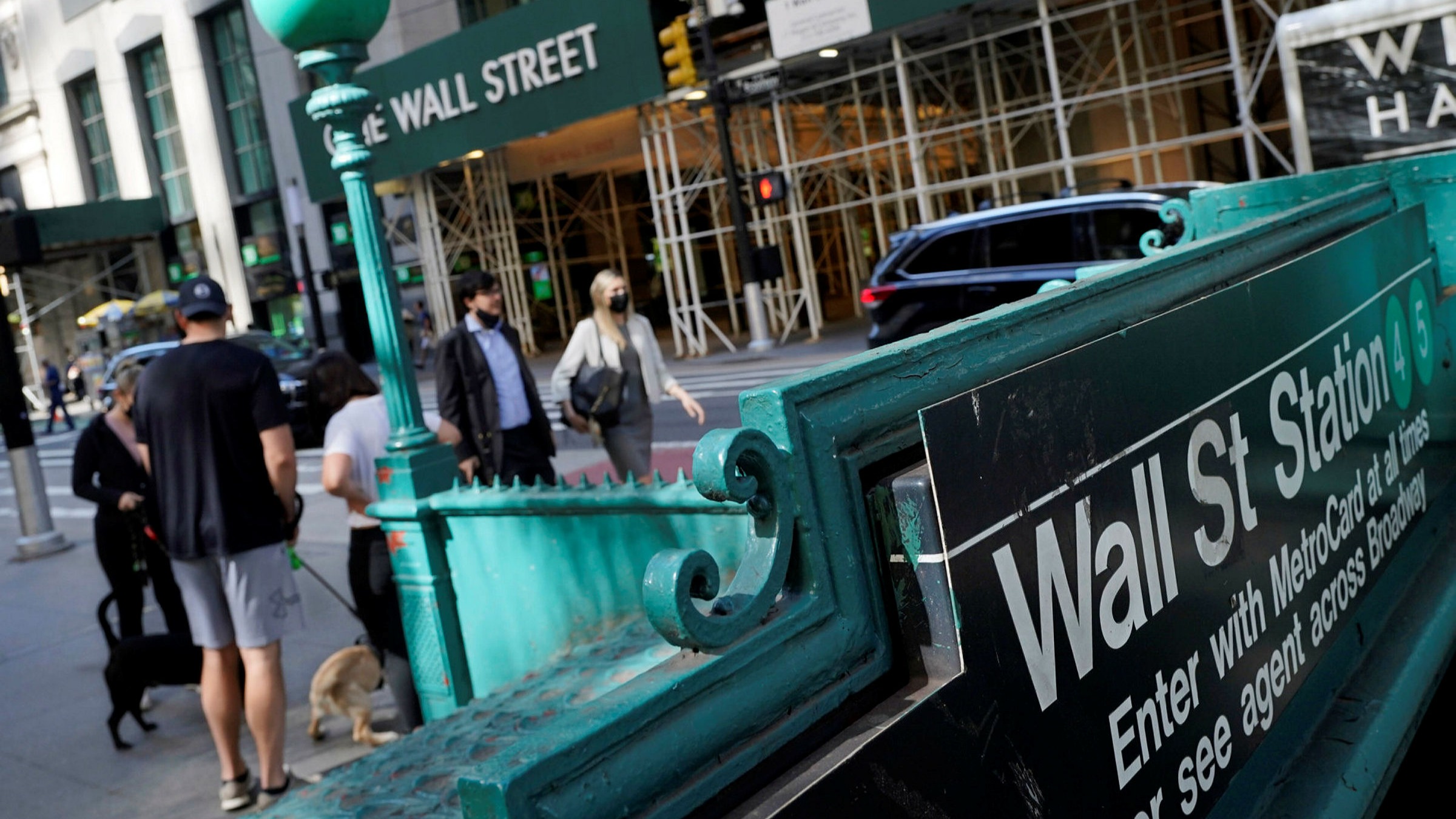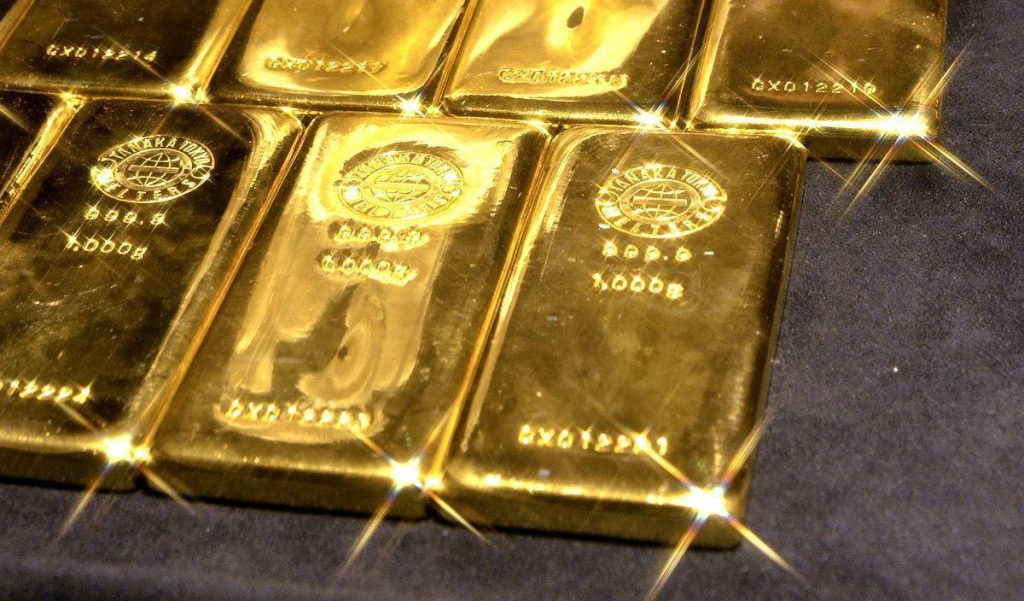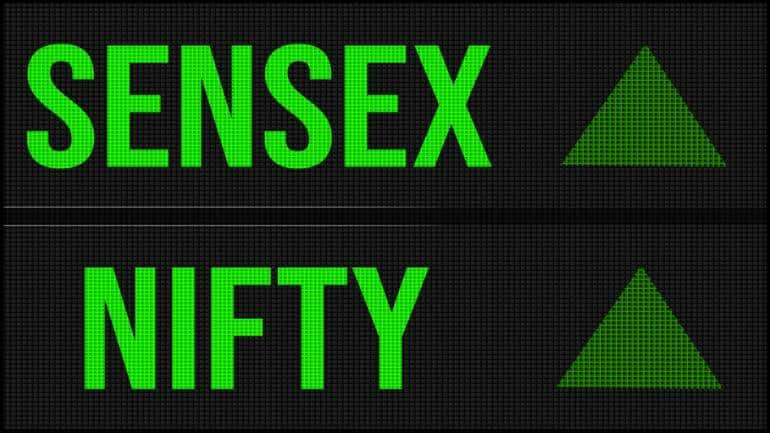On Tuesday, the rupee opened flat versus the US dollar, owing to a lackluster trend in domestic equity markets and continued foreign capital outflows The rupee opened sluggish versus the dollar at 77.56 on the interbank foreign exchange, before becoming volatile and trading in a narrow range of 77.56 to 77.51. The native currency was trading at 77.56 against the US dollar, down barely 1 paisa from the previous close The rupee had finished at 77.55 versus the dollar in the previous session. The dollar index, which measures the strength of the greenback against a basket of six currencies, was up 0.19 percent at 102.27.
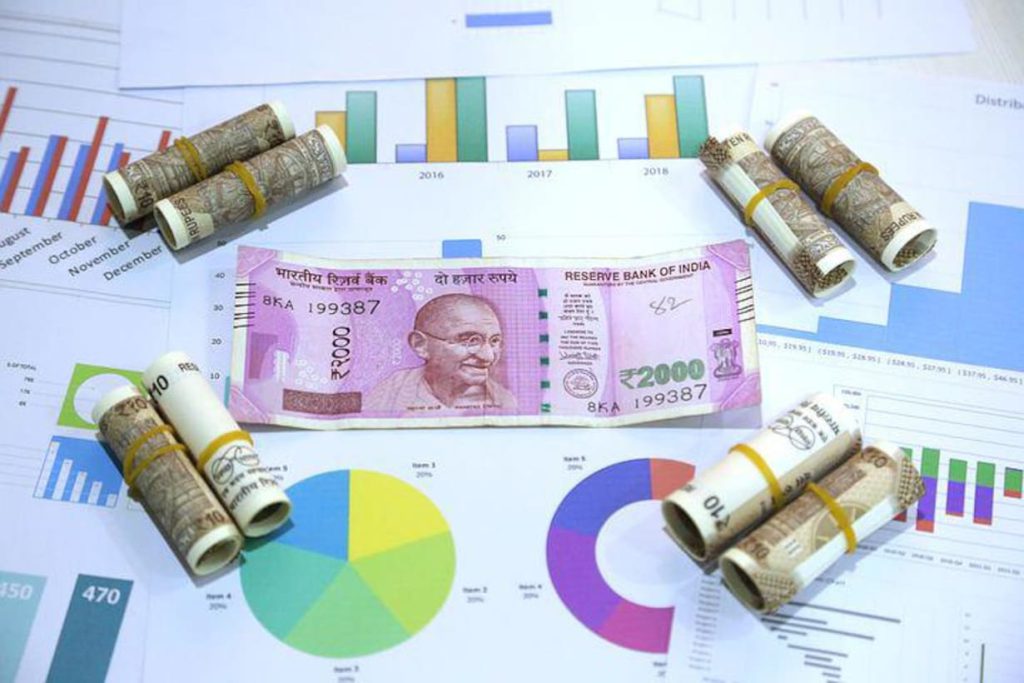
The was down 59.07 points, or 0.11 percent, at 54,229.54 points, while the broader NSE Nifty was down 28.15 points, or 0.17 percent, at 16,186.55 points in the domestic equity market. Brent crude futures fell 0.61 percent to USD 112.73 a barrel, the global benchmark According to stock exchange data, foreign institutional investors were net sellers in the capital market on Monday, offloading shares worth Rs 1,951.17 crore RBI Governor Shaktikanta Das intimated on Monday that another interest rate hike in early June would be necessary to bring the stubbornly high inflation rate down. The next meeting of the Monetary Policy Committee (MPC) is scheduled for June 6-8.
